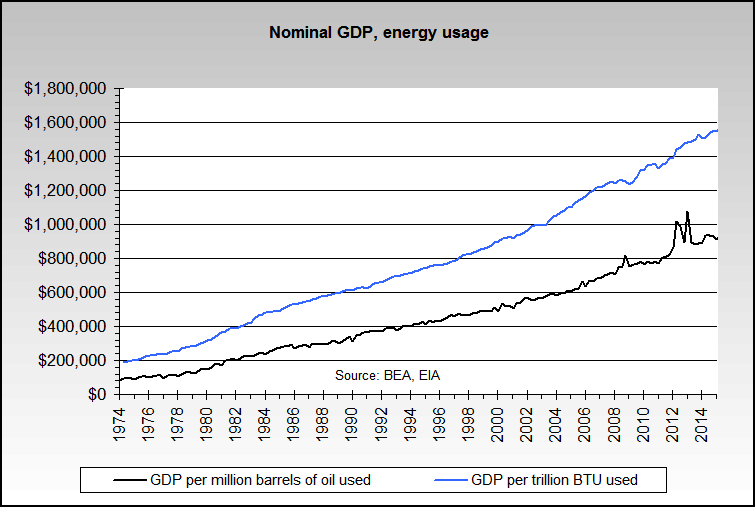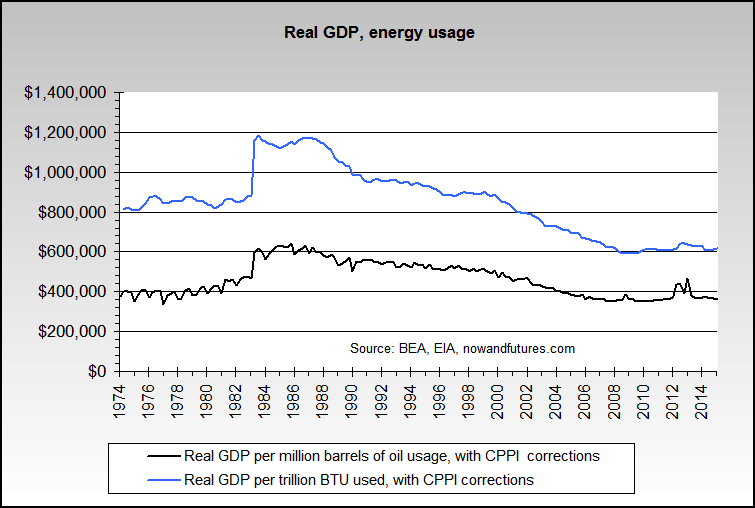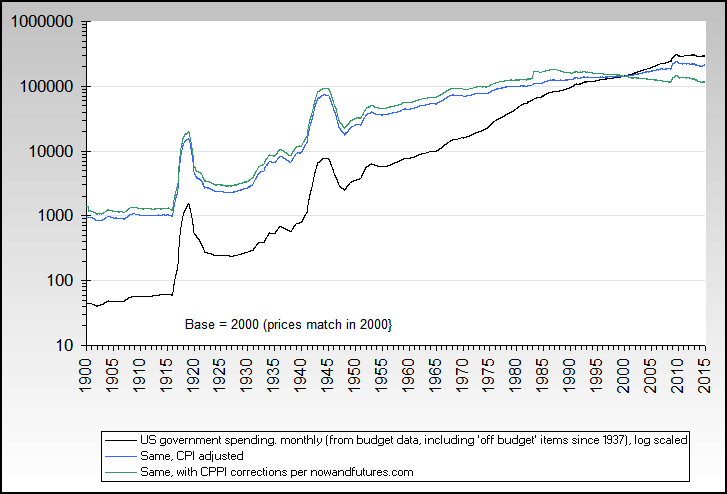Re: Ka-Poom Theory Update Two – Part I: Bang or a whimper - Eric Janszen
China Crash 2011 - Part I: The repetition compulsion of central bankers accurately forecast the impact of the Bank of China's effort to pop the property bubble. It crashed right on schedule nine months later, but then the BOC quickly reflated it before the macro-economy followed the property market down the tubes. It was back to the drawing board to figure out why.
My conclusion? What I call "China's Great Wall of Money," a FIRE Economy that does not depend on foreign investment flows the way the US FIRE Economy does. Without outside accountability, China can make up new rules as it goes along, like the rules of Calvin and Hobbes' Calvinball. "I'm broke," says the regional bank. "No you aren't," says the central government as it adds another billion to the bank's balance sheet and gives the bank its monthly a loan quota. The whole system is financed via mercantile trade policy. The Productive Economy the also centrally planned the way the FIRE Economy is in both the US and China, thus transmission of the crash into the "real" economy from the financial economy through the banking system can be halted as quickly as policy can be decided. There's no bi-partison bickering over issues like debt ceilings because there are no elections, so policy decisions are immediate as are the results.
I detailed my theory in a speech last year to the Florida Council of 100 and in an article in the subscription area of this site. As both are paid venues, it's not appropriate for me to go into the theory in detail here. The two other economists who were also paid speakers told me they were impressed that I'd "worked it out," which is gratifying. I expect readers will see the concept presented over time by other parties, but I won't hold my breath waiting for attribution.
That was also, by the way, the event where I tried to pin down Marco Rubio down on his take on crony capitalism, a topic brought up by one of two other economists who also spoke. He dodged the question, which is unfortunately because I'm otherwise pre-diposed to like pro-entrepreneur candidates.
Originally posted by c1ue
View Post
My conclusion? What I call "China's Great Wall of Money," a FIRE Economy that does not depend on foreign investment flows the way the US FIRE Economy does. Without outside accountability, China can make up new rules as it goes along, like the rules of Calvin and Hobbes' Calvinball. "I'm broke," says the regional bank. "No you aren't," says the central government as it adds another billion to the bank's balance sheet and gives the bank its monthly a loan quota. The whole system is financed via mercantile trade policy. The Productive Economy the also centrally planned the way the FIRE Economy is in both the US and China, thus transmission of the crash into the "real" economy from the financial economy through the banking system can be halted as quickly as policy can be decided. There's no bi-partison bickering over issues like debt ceilings because there are no elections, so policy decisions are immediate as are the results.
I detailed my theory in a speech last year to the Florida Council of 100 and in an article in the subscription area of this site. As both are paid venues, it's not appropriate for me to go into the theory in detail here. The two other economists who were also paid speakers told me they were impressed that I'd "worked it out," which is gratifying. I expect readers will see the concept presented over time by other parties, but I won't hold my breath waiting for attribution.
That was also, by the way, the event where I tried to pin down Marco Rubio down on his take on crony capitalism, a topic brought up by one of two other economists who also spoke. He dodged the question, which is unfortunately because I'm otherwise pre-diposed to like pro-entrepreneur candidates.







Comment